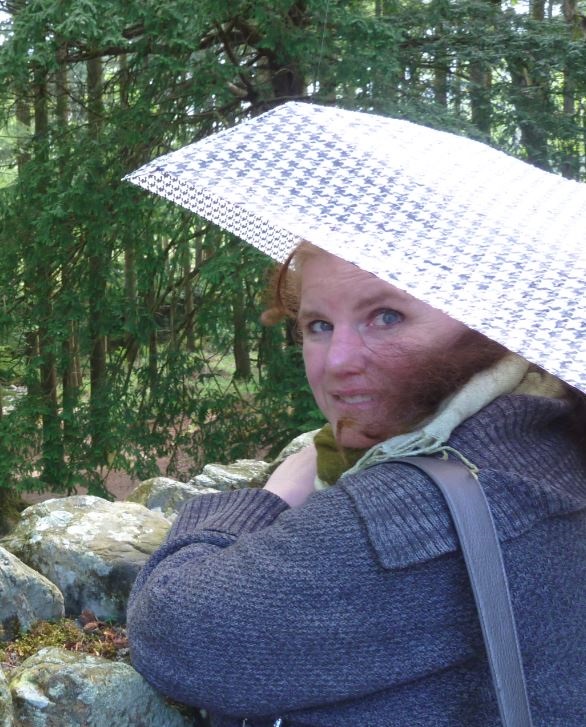Dream Snake has the qualities that I appreciated so much in “Thanatos.” The fragile emotional touches between characters, the way the physical environment underscores that emotional symphony, characters that you identify with compulsively who suffer such dangers that you just want to sweep in and rescue them, and that ratchet up to an ending with a break-neck pace. When the last two chapters presents the alien world of the dream snakes, I was rapt.
This book makes me consider how relationships between characters help to define them. This is not something I think about often, but I think it is an important part of both character and conflict, as well as theme. It’s not something I should ignore in the future.
And again, this is not a perfect book. That’s a comfort: I do not have to write a perfect book to write a good book, even a great book. Her sentences are not the most artful, so it alternated between clunky and fascinating reading. In parts, it starts to threaten to read like romance, my disfavorite genre. Also, I do not think I am a fan of quest-journey books: I always find myself impatient, reading about such journeys, from Lord of the Rings on down.
There are four wonderful lessons here. One, make your landscape reflect your story and characters. Two, make the dangers for your characters so pernicious that your reader feels them. Three, develop your character in their relationships to others. Four, leave all the best goodies for the end.

 RSS Feed
RSS Feed